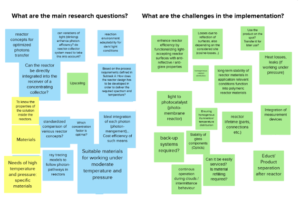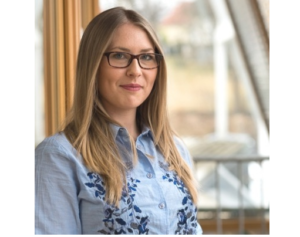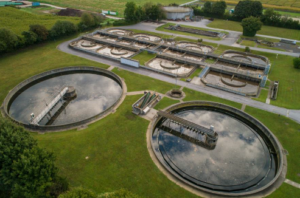

Singapore: Solar Desalination Unit incorporated into a Container
At the beginning of July, memsys clearwater distribution Pte. Ltd. and Nanyang Technological University presented a new desalination technology at the Singapore International Water Week. Besides several industrial applications, the small and mobile technology, which uses solar thermal panel energy for the vaporisation process, can also be used during disaster relief efforts. The unit is driven by solar energy alone – both thermal and PV – and can be placed in a 20-foot shipping container. The photo shows the demonstration plant at Marina Barrage, Singapore.
German technology provider memsys and the Nanyang Technological University of Singapore have been working together to develop a system especially for disaster relief action since signing a cooperation agreement in 2010.
The Vacuum Multi-Effect Membrane Distillation (V-MEMD) unit consists of membranes and foils incorporated into a process block with several chambers. Solar thermal collectors provide the energy for heating the salt water within the heat exchanger. The seawater then flows from chamber to chamber, in which the vapour condenses against the foils. Water with a slightly higher salt concentration is pumped back into the sea, and 100% clear and distilled water remains.
Nanyang Technological University supports the project by offering manpower and know-how. Professor Choo Fook Hoong from the university’s Power Engineering division has calculated the requirements of solar energy: With Singapore’s average radiance of 4.5 kWh/m2 and day, 20 evacuated tube collectors with a gross collector area of 83 m2 are needed to produce 1,000 litres of clean water per day.
“The vacuum inside the process chamber has a pressure of between 50 and 600 mbar. This allows us to use a low temperature heat source, such as solar thermal heat, because, for example, the boiling point at 200 mbar is 60° C,” explains Godart van Gendt, Project Manager and General Manager of memsys in Singapore. “Depending on the size of the modular process chamber and the progress we make in further developing the technology, we will be able to increase the production per unit of energy input even more.” Due to its modularity, the 20ft container can easily take in additional multiple process chambers and larger storage tanks with heat exchangers to allow more solar collectors to produce more pure water.
The tests at the Marina Barrage demonstration site at the coast are expected to take 12 months. At the moment, the system can only be operated during daylight, albeit improvements in storage technology are hoped to enable operation around the clock. The currently used vacuum tube collectors will only be used in the research stage. “Being a mobile device, the risk of breakage increases with each re-deployment,“ explains Goetz Lange. As CEO and founder of memsys, he is currently looking for solar thermal collector materials that can withstand more pressure – once the technology is mature enough to be used in the field.
“We have several research projects in different parts of the world, but the project with Nanyang Technological University in Singapore is particularly important to us for gaining enough data to further develop the technology for disaster relief operations across the region,” adds van Gendt.
More information:
http://www.memsys.eu/home.html
http://www.ntu.edu.sg
This article was written by Johann Pacher, Managing Director of Faros Consulting Pte Ltd, a company specialised in renewable energies and based in Singapore. http://www.farosconsulting.com/


